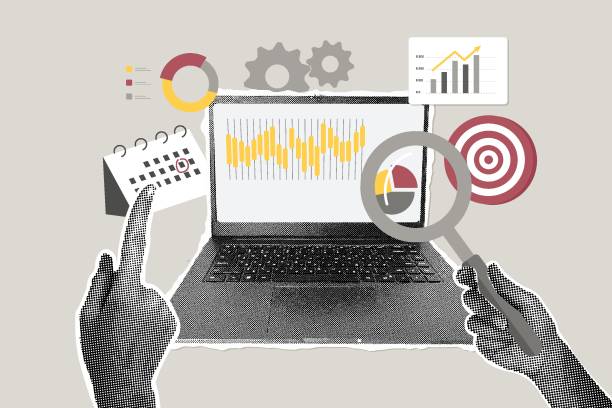In the digital age, media investments are under constant scrutiny. Marketers are no longer content with vague impressions or generalized analytics—they want proof. Enter advanced media ROI analysis, where attribution models are refined to offer a crystal-clear picture of what’s driving conversions and sales. But with so many models in play, the challenge is identifying which ones actually work.
Understanding Attribution in ROI Analysis
Attribution refers to the process of assigning credit to different marketing touchpoints along the customer journey. In other words, which ads or channels played a role in converting a viewer into a buyer? Accurately assigning value to each channel is essential for making informed marketing decisions and maximizing return on investment (ROI).
Traditional Models vs. Advanced Techniques
Many businesses still rely on basic models like last-click attribution, which gives full credit to the last interaction a customer had before conversion. While simple, this model often ignores the broader picture—especially the impact of upper-funnel tactics like display ads, influencer campaigns, or brand awareness efforts.
In contrast, advanced attribution models provide a more nuanced view. Let’s explore the ones that actually work.
1. Multi-Touch Attribution (MTA)
Multi-touch attribution assigns fractional credit to multiple touchpoints based on their influence. This can be linear (equal credit across all channels) or time-decay (more weight to recent interactions). MTA models provide a balanced view of the customer journey and help marketers understand the collective impact of each channel.
Why it works: It reflects the complexity of modern buyer journeys and enables better cross-channel optimization.
2. Data-Driven Attribution (DDA)
Data-driven models use machine learning to assess how each interaction impacts conversions, using historical data to inform real-time decisions. Platforms like Google Ads now offer DDA as an option, leveraging vast datasets for high-accuracy modeling.
Why it works: It adapts to actual consumer behavior rather than relying on static rules. The model evolves with your data, improving over time.
3. Algorithmic Attribution
Often used by enterprises, this approach involves custom algorithms developed using internal data. These algorithms may incorporate variables such as ad spend, customer segments, sales cycles, and more to deliver granular attribution.
Why it works: It’s tailored to your business’s unique dynamics, providing deeper insight than off-the-shelf solutions.
4. Unified Marketing Measurement (UMM)
This hybrid approach combines media mix modeling (MMM) with MTA to bridge online and offline data. It offers a 360-degree view of marketing performance, making it ideal for omnichannel brands.
Why it works: It incorporates both short-term and long-term impacts, connecting campaign-level ROI with broader brand goals.
Beyond Attribution: The Role of Brand Health
ROI analysis is crucial, but it shouldn’t operate in isolation. Many advanced marketers now pair attribution modeling with brand health tracking research. This ensures that short-term conversions don’t come at the cost of long-term brand equity. Measuring metrics like brand recall, sentiment, and trust provides the context needed to interpret attribution data more effectively.
Conclusion
Advanced media ROI analysis demands smarter attribution. While no model is perfect, using sophisticated tools like data-driven, multi-touch, or unified models ensures you get closer to the truth. Combine these with ongoing brand health tracking research and you’re well on your way to unlocking marketing strategies that truly deliver value.
